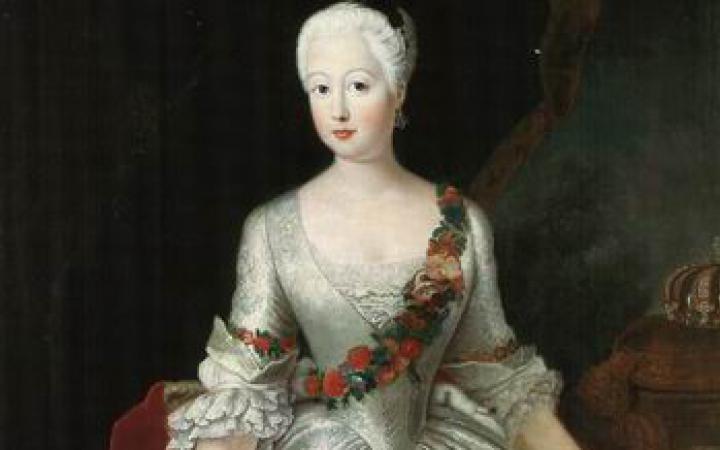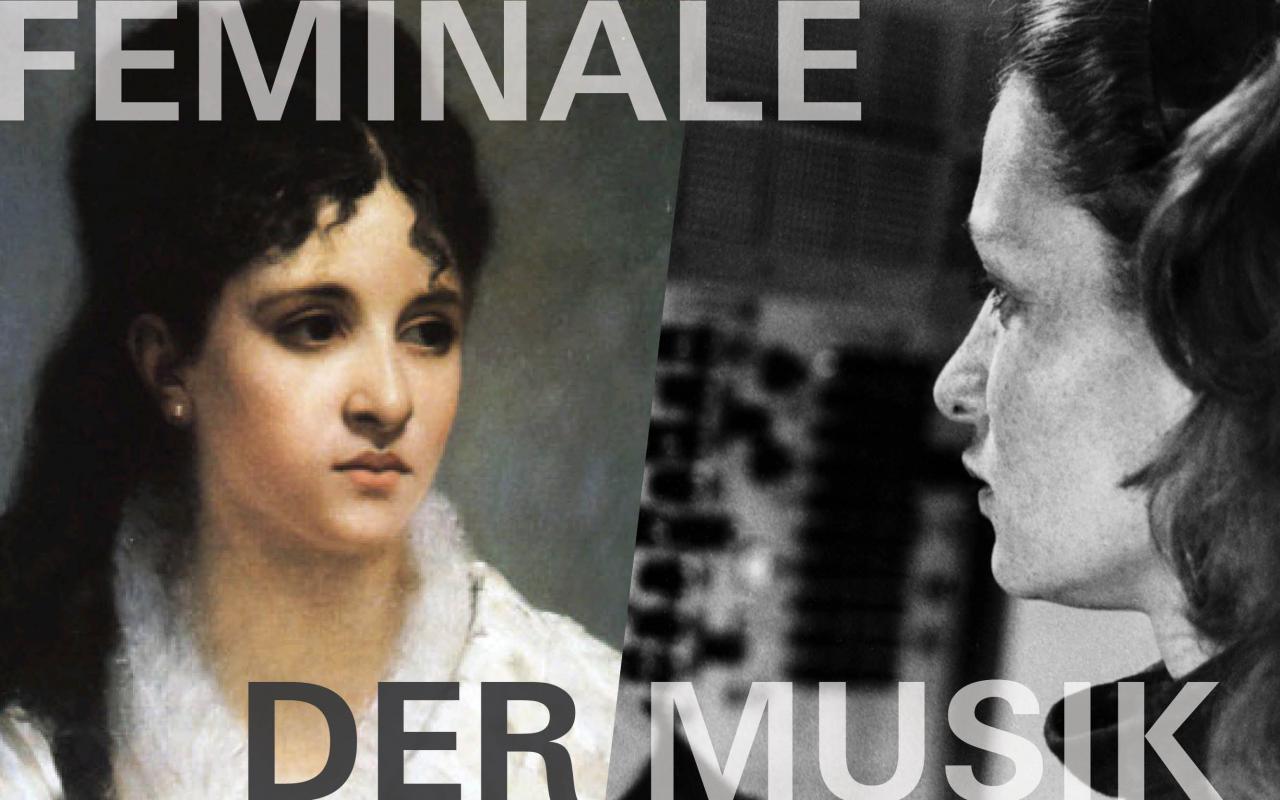Anna Amalia, Princess of Prussia
Feminale of Music

Female composer and abbess – the multifaceted life of Princess Anna Amalia of Prussia characterizes the passionate musician and notation collector.
Anna Amalia is born on November 9, 1723 in Berlin, Germany. She is the youngest daughter of the Prussian »Soldier King« Friedrich Wilhelm I and Queen Sophie Dorothea of Hanover. Although she showed interest in music in her youth, she did not receive regular music lessons until the age of 17, after the death of her father. She is mainly supported by her older brother Frederick the Great. Her most important instruments are piano and organ. Soon she also makes her first attempts at composition of her own, perhaps inspired by her older sister Wilhelmine of Bayreuth, whose greatest work, the opera Argenore, is performed in 1740.
Anna Amalia spends her whole life in Berlin. In 1755 she becomes abbess of the monastery in Quedlinburg and thereby gains financial independence. In 1758 she hires the musician and music theorist Johann Philipp Kirnberger as court musician and music teacher, who will hold this position for almost 30 years until the end of his life. Kirnberger is a sworn follower of Johann Sebastian Bach, whose music was already considered obsolete at this time and was no longer performed. A small circle around Anna Amalia and Kirnberger remains independent of the fashions of the time and is often criticized and ridiculed for this. In Anna Amalia's circle, Bach's music and other »old« music is intensively cultivated. Anna Amalia creates a collection of sheet music which is of inestimable value in music history. Her collection plays a central role in the Bach renaissance, which began at the beginning of the 19th century with the Berlin Sing-Akademie and led to the legendary revival of Bach's St. Matthew Passion by Mendelssohn in 1829.
Music pieces
Only a few of her own compositions have survived. Probably a large part of her work, which includes cantatas, chorales, chamber music and military marches, was destroyed by Anna Amalia herself. Her most famous composition today is probably the flute sonata in F major.
Flute sonata in F major, 2nd set Allegretto, published by Infusion Baroque. Live performance on historical instruments by Alexa Raine-Wright (flute), Andrea Stewart (cello) and Rona Nadler (cembalo) at Notman House, Montreal, QC, 2019.
Flute sonata in F major, 3rd set Allegro ma non troppo, published by Infusion Baroque Live performance on historical instruments by Alexa Raine-Wright (flute), Andrea Stewart (cello) and Rona Nadler (cembalo) at Notman House, Montreal, QC, 2019.
March for the Regiment General of Saldern from Marches and Brass Music (From the Royal House Library of the Berlin Palace), published by Lê Hoàng played by wind players of the Rundfunk-Sinfonie-Orchester Berlin.
